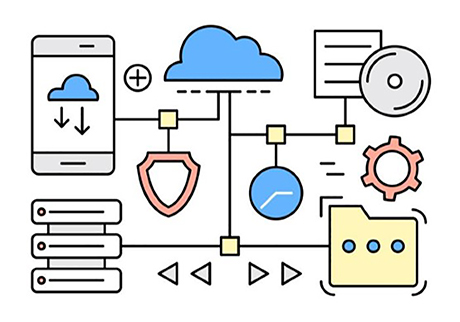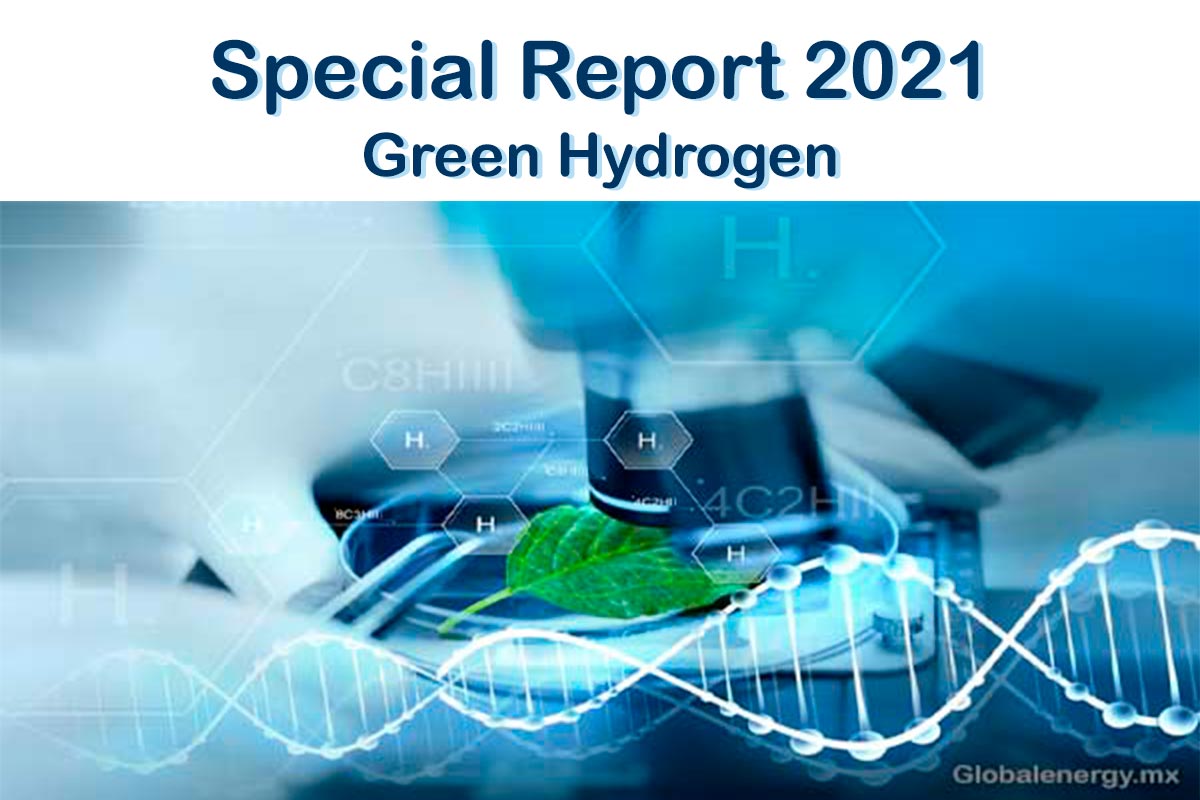FAQ about Green Hydrogen

5. What is the Green Hydrogen catapult?
The Green Hydrogen Catapult is the designation of an initiative that aims to unify the efforts of several companies with a view to increasing and reducing the cost of green hydrogen production. Its purpose is to progressively replace fossil fuels until reaching the goal of global net zero emissions by 2050, an important contribution to limiting the increase in global temperature to 1.5ºC, the main column of the Paris Agreement.
On December 8, 2020, seven world leading companies announced the formation of a global coalition that will accelerate the scale and production of green hydrogen, with a view to multiplying its current production by fifty, within the next six years. The goal is to help migrate the most energy intensive industries that base their energy on carbon towards the use of green H2. These are the electrical power generation industries, chemical producers, steel industries, air and maritime transport, among others.
The Green Hydrogen Catapult initiative is made up of these seven companies, leaders in the green hydrogen industry: ACWA Power, CWP Renewables, Envision, Iberdrola, Ørsted, Snam and Yara.
The group’s goal is to deploy 25 gigawatts by 2026 of hydrogen production based on renewable energies, with a view to reducing the cost of hydrogen to less than $2 US / kg, a price that is required to compete with fossil fuels.
FAQ about Green Hydrogen
1. Why is Green Hydrogen so important?
2. What is the future of Green Hydrogen?
3. Why is it so expensive to produce Green Hydrogen?
4. How can the production of Green Hydrogen be made cheaper?
5. What is the “Green Hydrogen Catapult”?
6. What is the difference between black, blue, and green hydrogen?
7. Will Green Hydrogen replace Solar Energy and Wind Power?
8. Could Chile become a Green Hydrogen leader?
9. What is an electrolyzer and what is its relationship to Green Hydrogen?
And you can also see it in…
Infographics

Photo Gallery

Video gallery


